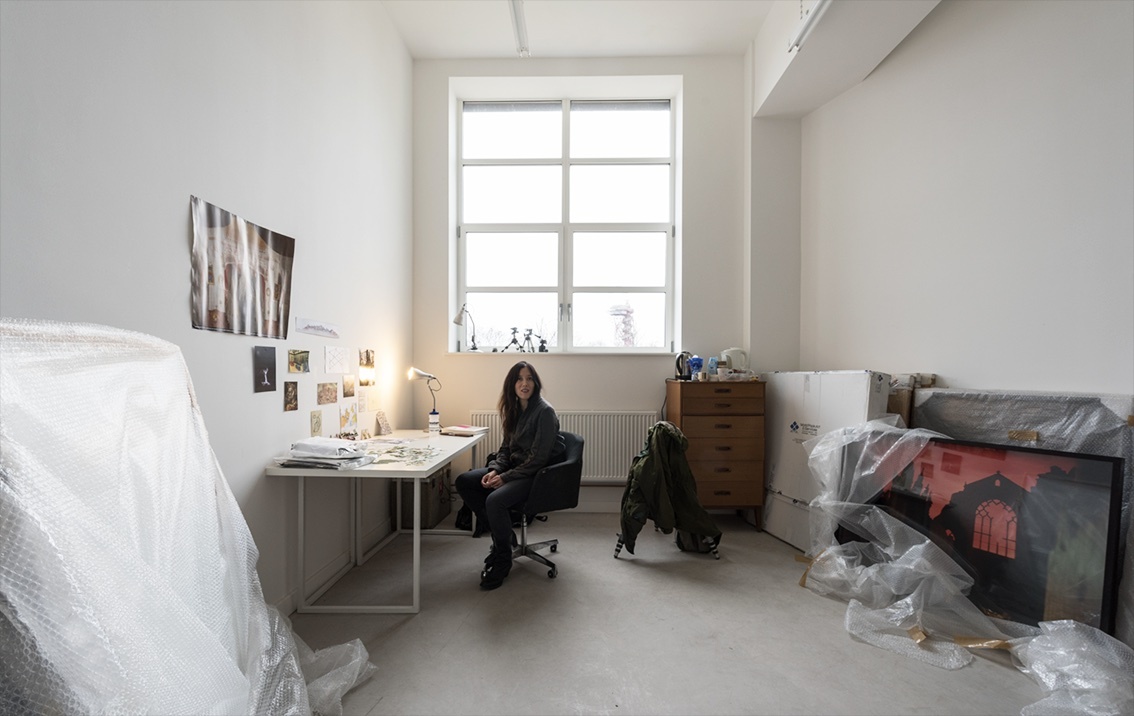Dr. Gayle Chong Kwan is a British artist who explores perspectives and possibilities to observe, model, and contest aspects of historical, political, and ecological life that traverse the material and spiritual, modes of interiority and exteriority, and the individual and collective. Her photographic works, installations, moving image work, performances, and ritual sensory events act within and against histories of oppression to position the viewer as one element in a cosmology of the political, personal, social, and ecological. Dr. Gayle Chong Kwan's research is based around in individual methodology of fine art practice, but is one that manifests with and through social practices that engender change in the way the organisations and institutions can work with collecting, commissioning, remembering, redistributing, returning, and making meaning with audiences and artists. PhD Doctoral Thesis, Royal College of Art, London (2023), 'Imaginal Travel: political and ecological positioning as fine art practice'.
Representation
Martina Gracis martina@albertapane.com
Galerie Alberta Pane, Paris and Venice.
Press
Binita Walia binita@thespaceinbetween.co.uk
The Space inBetween, London.
Supported by
The Artists Agency, UK.
Social Media
Instagram
Biography
Gayle Chong Kwan is a multidisciplinary British artist whose photographic works, immersive installations and shared sensory events are exhibited internationally, both in galleries and in the public realm. At the core of her practice is an expanded and embodied notion of photographic practice through which she explores simulacra, the sublime and the politics of travel, trade, and waste. Her work develops through historical and contextual research, engagement with communities, in response to the specificity and histories of a site and communities.
Her PhD Doctoral Thesis at the Royal College of Art explores ‘Imaginal Travel; political and ecological positioning as fine art practice’ to provide perspectives and possibilities to observe, model, and contest aspects of political and ecological life that traverse the material and spiritual, modes of interiority and exteriority, and the individual and collective.
She uses techniques of collage, construction, and the creation of mise-en-scene landscapes, sensory experiences, and sculptural pieces to be worn on the body, often made out of detritus, remains, and documentary sources. She often works with people and communities in non-gallery settings, often in the public realm, and engages in research with collections and archives and people's relationships with them as a focus for her work.
She has made landscapes out of rotting food, transformed a concrete underpass into a cave using 20,000 milk bottles, hosted a sensory banquet for a hundred people in the British Library to taste their collection, created an immersive photographic work in the longest tunnel in London Underground, made quarantine islands from historical images of diseases, and created photographs that people can wear out of the V&A collection.